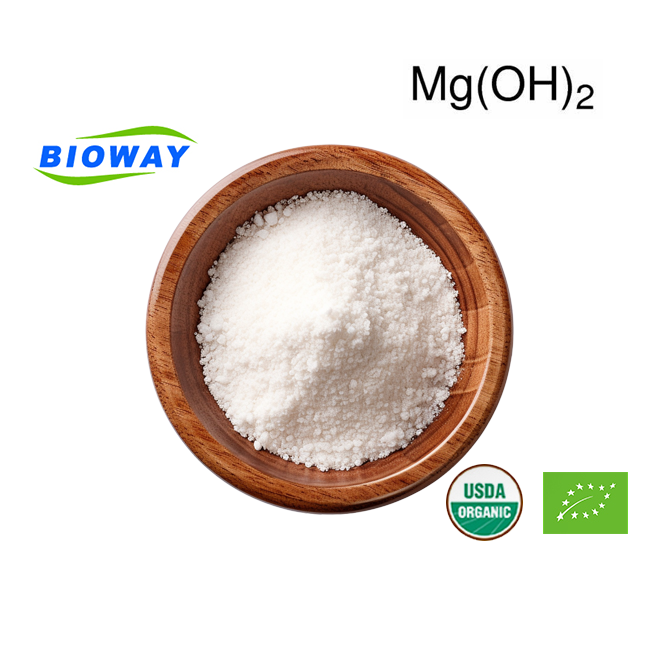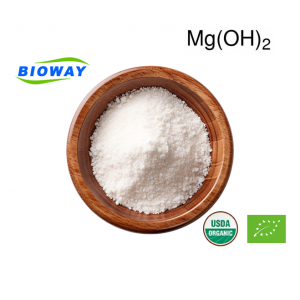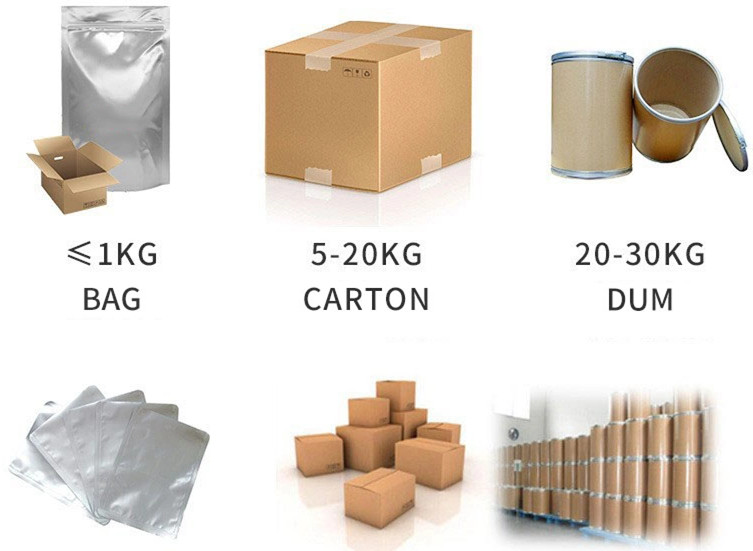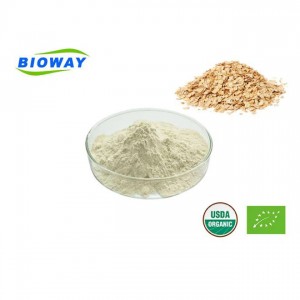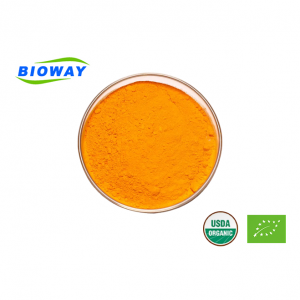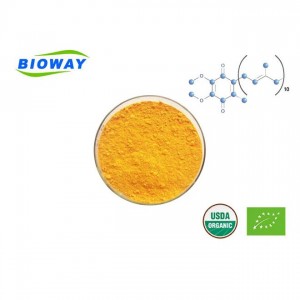Pure Magnesium Hydroxide Powder
Pure Magnesium hydroxide Powder, with the chemical formula Mg(OH)2, is an inorganic compound that occurs in nature as the mineral brucite. It is a white solid with low solubility in water and is commonly used as a component in antacids, such as milk of magnesia.
The compound can be prepared by treating the solution of different soluble magnesium salts with alkaline water, which induces the precipitation of the solid hydroxide Mg(OH)2. It is also economically extracted from seawater by alkalinization and is produced on an industrial scale by treating seawater with lime (Ca(OH)2).
Magnesium hydroxide has various uses, including as an antacid and a laxative in medical applications. It is also used as a food additive and in the production of antiperspirants. Industrially, it is used in wastewater treatment and as a fire retardant.
In mineralogy, brucite, the mineral form of magnesium hydroxide, occurs in various clay minerals and has implications for concrete degradation when in contact with seawater. Overall, magnesium hydroxide has diverse applications and plays a significant role in various industries and everyday products. Contact us for more information: grace@biowaycn.com.
| Product Name | Magnesium Hydroxide | Quantity | 3000 kgs |
| Batch Number | BCMH2308301 | Origin | China |
| Manufacture date | 2023-08-14 | Date of Expiration | 2025-08-13 |
|
Item |
Specification |
Test result |
Test Method |
|
Appearance |
White amorphous powder |
Complies |
Visual |
|
Odor and Taste |
Odorless, tasteless and non-toxic |
Complies |
Sensory |
|
Solubility status |
Practically insoluble in water and ethanol, soluble in acid |
Complies |
Sensory |
|
Magnesium Hydroxide (MgOH2) ignited% |
96.0-100.5 |
99.75 |
HG/T3607-2007 |
|
Bulk density (g/ml) |
0.55-0.75 |
0.59 |
GB 5009 |
|
Loss of drying |
2.0 |
0.18 |
GB 5009 |
|
Loss on ignition(LOI) % |
29.0-32.5 |
30.75 |
GB 5009 |
|
Calcium(Ca) |
1.0% |
0.04 |
GB 5009 |
|
Chloride(CI) |
0.1% |
0.09 |
GB 5009 |
|
Soluble substance |
1% |
0.12 |
GB 5009 |
|
Acid insoluble matter |
0.1% |
0.03 |
GB 5009 |
|
Sulphate salt(SO4) |
1.0% |
0.05 |
GB 5009 |
|
Iron(Fe) |
0.05% |
0.01 |
GB 5009 |
|
Heavy metal |
Heavy Metals≤ 10(ppm) |
Complies |
GB/T5009 |
|
Lead (Pb) ≤1ppm |
Complies |
GB 5009.12-2017(I) |
|
|
Arsenic (As) ≤0.5ppm |
Complies |
GB 5009.11-2014 (I) |
|
|
Cadmium(Cd) ≤0.5ppm |
Complies |
GB 5009.17-2014 (I) |
|
|
Mercury(Hg) ≤0.1ppm |
Complies |
GB 5009.17-2014 (I) |
|
|
Total Plate Count |
≤1000cfu/g |
≤1000cfu/g |
GB 4789.2-2016(I) |
|
Yeast&Mould |
≤100cfu/g |
<100cfu/g |
GB 4789.15-2016 |
|
E.coli (cfu/g) |
Negative |
Negative |
GB 4789.3-2016(II) |
|
Salmonella (cfu/g) |
Negative |
Negative |
GB 4789.4-2016 |
|
Shelf life |
2 years. |
||
|
Package |
25kg/drum. |
||
Here are the characteristics of Magnesium Hydroxide Powder:
Chemical formula: Mg(OH)2
IUPAC name: Magnesium Hydroxide
CAS number: 1309-42-8
Appearance: White, fine powder
Odor: Odorless
Solubility: Insoluble in water
Density: 2.36 g/cm3
Molar mass: 58.3197 g/mol
Melting point: 350°C
Decomposition temperature: 450°C
pH value: 10-11 (in water)
Hygroscopicity: Low
Particle size: Typically micronized
1. Flame Retardant: Magnesium hydroxide powder acts as an effective flame retardant in various applications, including plastics, rubber, and textiles.
2. Smoke Suppressant: It reduces smoke emissions during combustion, making it an ideal choice for products that require smoke suppression properties.
3. Acid Neutralizer: Magnesium hydroxide can be used to neutralize acids in various industrial processes, wastewater treatment, and other applications.
4. pH Regulator: It can be utilized to control and maintain pH levels in different chemical and industrial processes.
5. Anti-caking Agent: In powdered products, it can act as an anti-caking agent, preventing clumping and maintaining product quality.
6. Environmental Remediation: It can be used in environmental applications, such as soil remediation and pollution control, due to its ability to neutralize acidic conditions and bind with heavy metals.
Magnesium Hydroxide Powder has several industrial applications due to its unique properties. Here's a detailed list of industries where pure Magnesium Hydroxide Powder finds application:
1. Environmental Protection:
Flue Gas Desulfurization: It is used in flue gas treatment systems to neutralize sulfur dioxide emissions from industrial processes, such as power plants and manufacturing facilities.
Wastewater Treatment: It is used as a neutralization agent in wastewater treatment processes to adjust the pH and remove heavy metals and pollutants.
2. Flame Retardants:
Polymer Industry: It is used as a flame retardant additive in plastics, rubber, and other polymer products to inhibit the spread of fire and reduce smoke emissions.
3. Pharmaceutical Industry:
Antacids: It is used as an active ingredient in antacid products to neutralize stomach acid and provide relief from heartburn and indigestion.
4. Food and Beverage Industry:
pH Regulation: It is used as an alkalizing agent and pH regulator in food and beverage production, particularly in products where a controlled pH level is essential.
5. Personal Care and Cosmetics:
Skincare Products: It is used in cosmetics and skincare products for its absorbent and anti-inflammatory properties.
6. Chemical Manufacturing:
Magnesium Compounds Production: It serves as a key intermediate in the production of various magnesium compounds and chemicals.
7. Agriculture:
Soil Amendment: It is used to adjust soil pH and provide essential magnesium nutrients to promote plant growth and improve crop yield.
These are some of the primary industries where pure Magnesium Hydroxide Powder finds application. Its versatility and environmentally friendly properties make it a valuable ingredient across a wide range of industrial sectors.
Here's a simplified flow chart outlining the typical production process:
1. Raw Material Selection:
Select high-quality magnesite or magnesium-rich brine as the primary source of magnesium for the production process.
2. Calcination:
Heating the magnesite ore to high temperatures (typically around 700-1000°C) in a rotary kiln or vertical shaft kiln to convert magnesium carbonate to magnesium oxide (MgO).
3. Slaking:
Mixing the calcined magnesium oxide with water to produce a slurry. The reaction of magnesium oxide with water forms magnesium hydroxide.
4. Purification and Precipitation:
The magnesium hydroxide slurry undergoes purification processes to filter out impurities such as heavy metals and other contaminants. Precipitation agents and process controls are used to ensure the formation of pure magnesium hydroxide crystals.
5. Drying:
The purified magnesium hydroxide slurry is dried to remove excess moisture, resulting in the formation of pure Magnesium Hydroxide Powder.
6. Grinding and Particle Size Control:
The dried magnesium hydroxide is ground to achieve the desired particle size distribution and ensure uniformity of the powder.
7. Quality Control and Testing:
Quality control measures are implemented throughout the production process to ensure that the final product meets specified purity, particle size, and other quality parameters.
8. Packaging and Storage:
The pure Magnesium Hydroxide Powder is packaged into suitable containers, such as bags or bulk containers, and stored in controlled environments to maintain its quality until distribution.
It's important to note that the actual production process might involve additional steps and variations based on the specific production facility, quality requirements, and desired end-use applications. Additionally, environmental and safety considerations are integral parts of the production process to ensure sustainable and responsible manufacturing practices.
Express
Under 100kg, 3-5Days
Door to door service easy to pick up the goods
By Sea
Over300kg, Around 30 Days
Port to port service professional clearance broker needed
By Air
100kg-1000kg, 5-7Days
Airport to airport service professional clearance broker needed

Pure Magnesium Hydroxide Powder is certified by ISO, HALAL, and KOSHER certificates.


